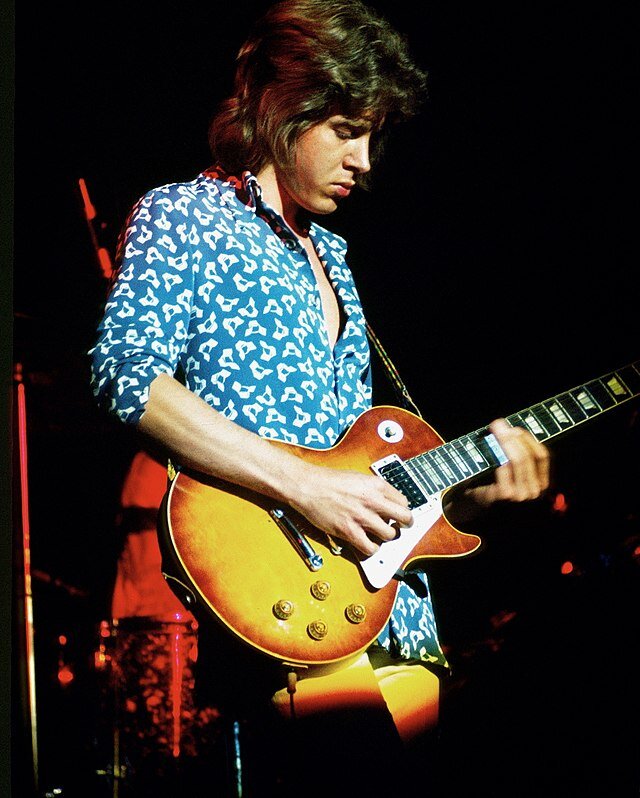Walking on Lavender Hill
“I commute into Clapham Junction everyday. My office is a twenty minute walk up Lavender Hill and Wandsworth Road.”
Lavender...
The word lavender conjures up those sun drenched, hazy fields of Provence. Or perhaps some choppy, warm-toned, Impressionist masterpiece. Or is it a section of a busy thoroughfare in South Central London? Yes, it’s probably the latter. For years this road, this feeling, was my beat.
One thing you won’t find much of on Lavender Hill is, well, lavender. Maybe some discarded pizza boxes, plenty of rubbish strewn waste bags, an upturned supermarket trolley or a decaying Christmas tree thrown onto the street. But not much lavender. The shrub that gave this area its name has gone. Long gone.
The green fields of Lavender Hill. Picture TR
My entrance and exit point to this urban dreamscape is Clapham Junction railway station. Not sure what a junction is, but as to the Clapham part, well, that’s a little bit of historical postcode snobbery. A fib. It’s in Battersea. And Battersea is working class. Full of engineering and manufacturing works back in the day. Less so now. Maybe we could rename it Lavender Junction? Help shift those new million pound apartments, no?
There’s a pub. There’s always a pub, isn’t there? The Falcon is pretty special though. One of those big pubs you only get in London. The ones dripping with large baskets of flowers, partitioned rooms and back lit smoky glass. This one sports a famous horseshoe bar (the UK’s longest apparently). I don’t drink there though – nor the Slug and Lettuce next door. However, the facilities are unguarded and handy so I was pretty much a regular.
The Falcon. Piss stop.
So up we go, up Lavender Hill, ambling wistfully through these London fields. Past the retail splendour of Arding and Hobbs, sprinting past Fitness First, KFC and numerous Lebara money transfer shops where bored staff sell cheap booze and fags, whilst conducting mobile phone conversations that sound important, but probably aren't.
There was a girl once. There's always a girl, behind the memories, driving the words. We were students at South Bank University further up the A3036 on Wandsworth Road. The campus is now closed and converted into a Tesco Express and Pure Gym. I used to catch the Number 87 bus down Lavender Hill to Clapham Junction. If I was more observant, as I sat on the bus all those years ago, I would have noticed a local oddity – a genuine London eatery – the Pie and Mash shop. The historian and the Englander within me likes the fact that this relic of old London, of its working class eating habits, is still there. I like that. I’m a fan; pie and mash and gravy for £4. Treacle Pudding and ice cream or spotted dick for £3. I don’t go near the eels or the liquor (eel and parsley sauce). It's cheering though to know nestling amidst the numerous Thai, Indian, Italian, Japanese, Chinese and assorted other restaurants there is an authentic London eatery. But for how long?
Eels. Jellied. Yum.
Continuing on we get Battersea Library, the police station but, most wonderfully (and where most of the drivel on this website was written) the Grade 2 listed building that used to be Battersea town hall but now doubles as Battersea Arts Centre. They used to build beauty, those Victorians, you know, put the effort in, and make buildings things of wonder and aspiration.
“Kate and I are meeting in Battersea Arts Centre. I’m late. I scan the bar. At a corner table is a woman who bears a passing resemblance to Kate’s online dating profile.”
However, money was always an issue, even in the 1880’s. None more so than The Church of the Ascension, a big, bold - God is terrible, God is almighty, repent ye sinners - church at the top of the hill. It’s a massive stone structure with Byzantine influences by way of Carcassonne. It should have been adorned with an equally gigantic phallic tower but the original architect pissed the money away, was eventually sacked and so he church was completed sans spire. Nerdishly, I own a copy of the original architectural plans from 1875 and framed, they adorn my living room.
French / Byzantine architecture meets Victorian brick shit-house, muscular Anglicanism.
“There’s a tramp whose regular perch is the low surrounding wall of the Ascension of the Lord Church on Lavender Hill. Kicking back with his can of strong lager, he likes to shout abuse at the passing world. His favourite trick is surprise; hunched harmlessly over his carrier bag one minute, and then, as though roused from sleep, pouncing like a lion the next.”
And then we're walking downhill. Go past - hurry! - The Crown pub. One time, as I was leaving, I witnessed some ritualised urban ballet as two drug dealers squared off to each other out on the street. Held back by their various women folk screaming, "Leave it out Jon, he's not worth it!" I waited for my Uber to take me to the station as the performance played out. Don't know who won. It's probably on YouTube somewhere.
This eastern part of Lavender Hill is all shit council flats and massed ranks of mopeds parked on the pavement outside nondescript takeaways. Let me explain lest you live in a town where cuisine laziness hasn't yet set in. Every eatery on Lavender Hill - and there are many, so many - has a fleet of mopeds waiting to transport to the indolent, the obese, and the time poor banker-wankers, their genuine, wood fired Neapolitan pizzas. This, children, is what decadence looks like. Fight, fight, against the dying of the light and cook from scratch you lazy bastards!
“We continue walking down Lavender Hill keeping our own counsel. Once again, our pace is well matched and we walk together, three feet apart. As we near the old Cedar pub, she slows.”
Lift up your eyes. There is beauty in the most unusual places.
There are many places on Lavender Hill that offer a 'massage'. Strangely they always want to massage - for extra, for cash only - those parts that don't often get massaged in - say - more mainstream establishments. Happy endings are promised. Not always delivered. I avert my eyes, clutch my pearls, lift up my skirts, and run from these places.
(And that paragraph - about happy endings on Lavender Hill - still sends me significant traffic to this website. I’m guessing here, but there’s probably money to be made from adult activities.)
And so, after a mile or so, Lavender Hill finishes at Cedars Road and hands the A3036 baton over to Wandsworth Road in a fistful of Tesco Expresses, coffee shops and Premier Inns in old temperance halls. We are now entering Lambeth and our story must end here.
What happened to Battersea? Abolished in 1965, apparently.
And so where does all this take us? An old London Street. Full of Victorian buildings. What signifies?
“And with clear, cold eyes
And newly acquired candour,
I sift these departing delusions;”
Well, everything. And nothing. From the confident Victorian public buildings, to the sturdy 19th Century housing for the workers, to the bold and confident Anglicanism. To the many, many cultures that have taken root here, left their mark on the shops, restaurants, through even the pizza delivery boys that criss-cross unknowing across this urban thoroughfare. To the pubs, open and closed, converted or renovated, silently bearing witness to wars and coronations, disasters and triumphs. History shines through, hiding amongst these stones, these relics, peeping shyly from under the brim of modernity. The breath of London, old London, still blows gently in this cityscape. And if you look hard enough, you will find some lavender. Yes, even on Lavender Hill.
Lavender. On Lavender Hill
All pictures of Lavender Hill, Tim Robson February 2017. Article revised April 2020





















































